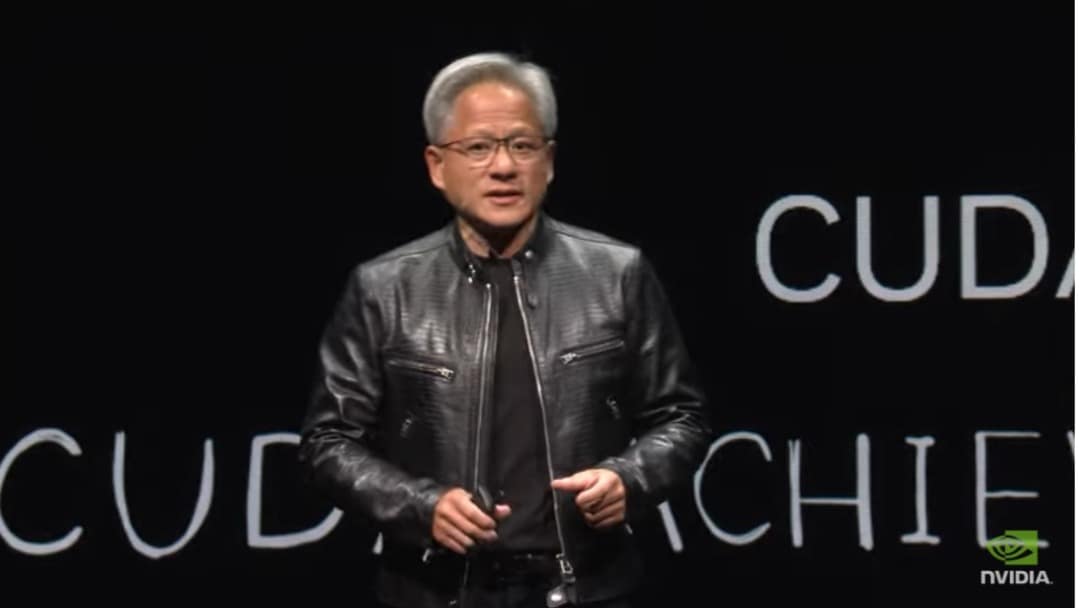Financial losses from worldwide credit card transaction fraud are projected to reach more than $403 billion over the next decade.
The new NVIDIA AI Blueprint for financial fraud detection can help combat this burgeoning epidemic — using accelerated data processing and advanced algorithms to improve AI’s ability to detect and prevent credit card transaction fraud.
Launched this week at the Money20/20 financial services conference, the blueprint provides a reference example for financial institutions to identify subtle patterns and anomalies in transaction data based on user behavior to improve accuracy and reduce false positives compared with traditional methods.
It shows developers how to build a financial fraud detection workflow by providing reference code, deployment tools and a reference architecture.
Companies can streamline the migration of their fraud detection workflows from traditional compute to accelerated compute using the NVIDIA AI Enterprise software platform and NVIDIA accelerated computing. The NVIDIA AI Blueprint is available for customers to run on Amazon Web Services and Hewlett Packard Enterprise, with availability coming soon on Dell Technologies. Customers can also use the blueprint through service offerings from NVIDIA partners including Cloudera, EXL, Infosys and SHI International.
Businesses embracing comprehensive machine learning (ML) tools and strategies can observe up to an estimated 40% improvement in fraud detection accuracy, boosting their ability to identify and stop fraudsters faster and mitigate harm.
As such, leading financial organizations like American Express and Capital One have been using AI to build proprietary solutions that mitigate fraud and enhance customer protection.
The new AI Blueprint accelerates model training and inference, and demonstrates how these components can be wrapped into a single, easy-to-use software offering, powered by NVIDIA AI.
Currently optimized for credit card transaction fraud, the blueprint could be adapted for use cases such as new account fraud, account takeover and money laundering.
Using Accelerated Computing and Graph Neural Networks for Fraud Detection
Traditional data science pipelines lack the compute acceleration to handle the massive data volumes required for effective fraud detection. ML models like XGBoost are effective for detecting anomalies in individual transactions but fall short when fraud involves complex networks of linked accounts and devices.
Helping address these gaps, NVIDIA RAPIDS — part of the NVIDIA CUDA-X collection of microservices, libraries, tools and technologies — enables payment companies to speed up data processing and transform raw data into powerful features at scale. These companies can fuel their AI models and integrate them with graph neural networks (GNNs) to uncover hidden, large-scale fraud patterns by analyzing relationships across different transactions, users and devices.
The use of gradient-boosted decision trees — a type of ML algorithm — tapping into libraries such as XGBoost, has long been the standard for fraud detection.
The new AI Blueprint for financial fraud detection enhances the XGBoost ML model with NVIDIA CUDA-X Data Science libraries including GNNs to generate embeddings that can be used as additional features to help reduce false positives.
The GNN embeddings are fed into XGBoost to create and train a model that can then be orchestrated. In addition, NVIDIA Dynamo-Triton, formerly NVIDIA Triton Inference Server, boosts real-time inferencing while optimizing AI model throughput, latency and utilization.
NVIDIA CUDA-X Data Science and Dynamo-Triton are included with NVIDIA AI Enterprise.
Leading Financial Services Organizations Adopt AI
During a time when many large North American financial institutions are reporting online or mobile fraud losses continue to increase, AI is helping to combat this trend.
American Express, which began using AI to fight fraud in 2010, leverages fraud detection algorithms to monitor all customer transactions globally in real time, generating fraud decisions in just milliseconds. Using a combination of advanced algorithms, one of which tapped into the NVIDIA AI platform, American Express enhanced model accuracy, advancing the company’s ability to better fight fraud.
European digital bank bunq uses generative AI and large language models to help detect fraud and money laundering. Its AI-powered transaction-monitoring system achieved nearly 100x faster model training speeds with NVIDIA accelerated computing.
BNY announced in March 2024 that it became the first major bank to deploy an NVIDIA DGX SuperPOD with DGX H100 systems, which will help build solutions that support fraud detection and other use cases.
And now, systems integrators, software vendors and cloud service providers can integrate the new NVIDIA blueprint for fraud detection to boost their financial services applications and help keep customers’ money, identities and digital accounts safe







